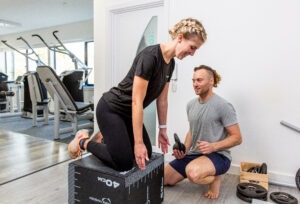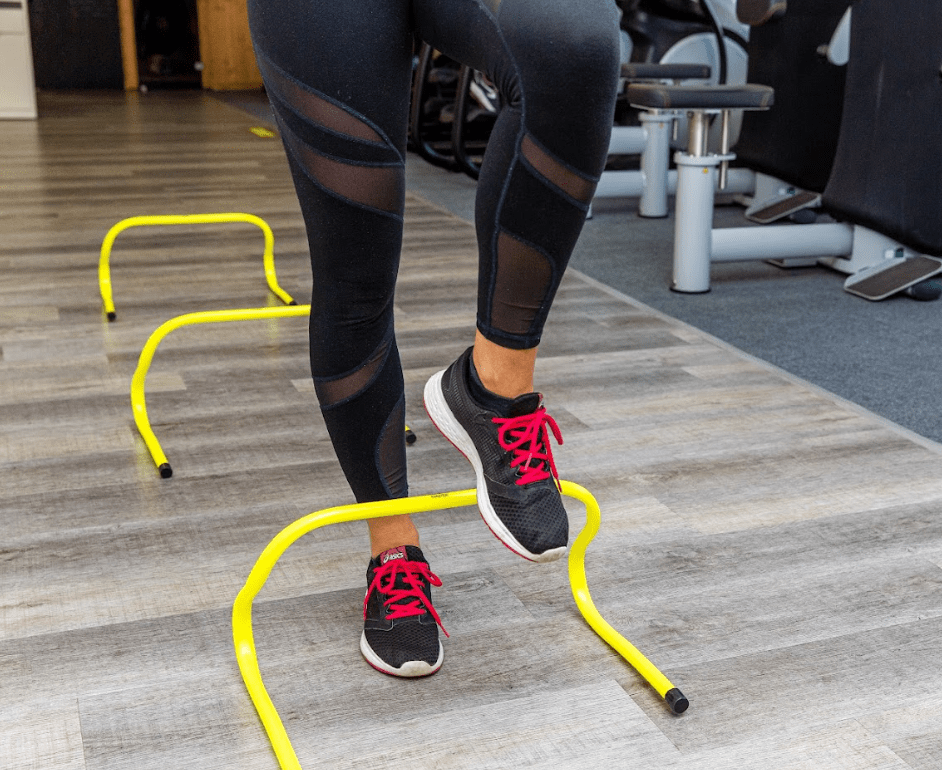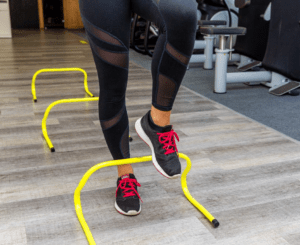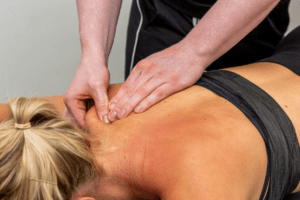| ITB friction syndrome (or Ilio-tibial band friction syndrome) is a relatively common overuse injury seen predominantly in runners. It can be felt as localised pain on the outside of the knee. The ITB is a taut band of fibres, known as fascia, that runs from the side of your hip to the side of your knee. Unlike normal muscle, it is designed to be a taut band to help provide stability from the hip to the knee, and therefore doesn’t stretch or contract like other muscles. What are the symptoms? Pain, and occasionally swelling, is localised on the outside of the knee around the bony point on the side of the knee. It is aggravated when bending and straightening the knee during activities like walking, running, going down stairs and crouching down. Why do you get ITB Friction? ITB friction occurs when the band rubs and is compressed against the bone on the outside of the knee. This happens when you repetitively bend and straighten your knee, and as the rubbing continues, eventually the tissue can’t tolerate it and pain will develop. Factors such as a sudden increase in activity levels when our bodies aren’t conditioned or a lack of strength and control around the hip and pelvis can contribute. Alongside a change in running surface, footwear or a lack of flexibility around the hip and knee. How can you manage ITB Friction Syndrome? By modifying your training load and listening to your body you can look to manage the symptoms. This may involve swapping running days for swimming or cycling and if you are new to an activity, then increasing your distances only by 10% each week. Focusing on strength around the core, hip and knee is also beneficial. You may also choose to have your running technique assessed and a strength and conditioning programme written for you. |

Exercise
The Benefits of Rehab
In the pursuit of health, physical well-being is undoubtedly a cornerstone. However, injuries, surgeries, or chronic conditions can pose significant


